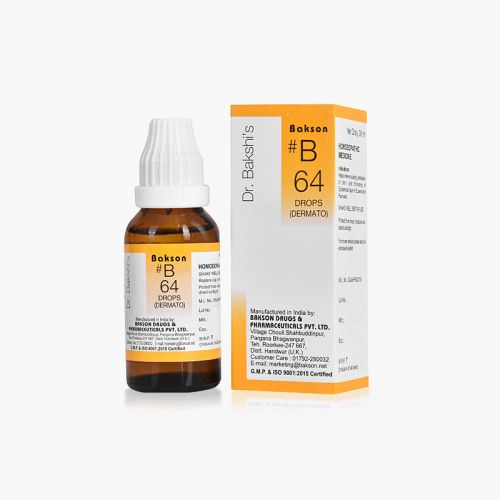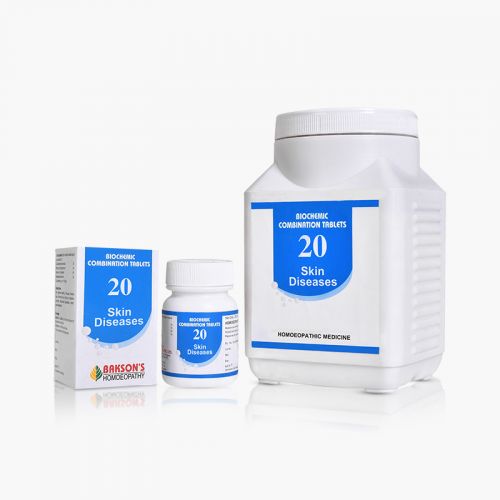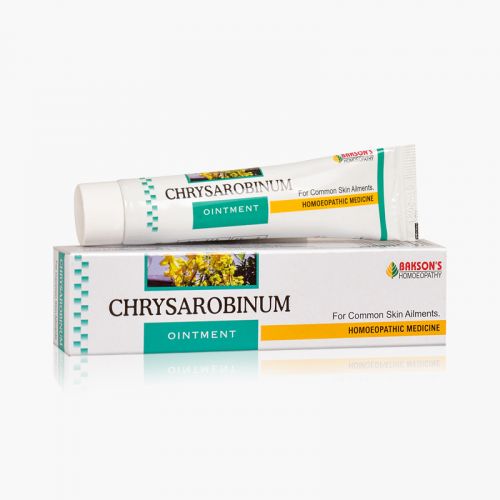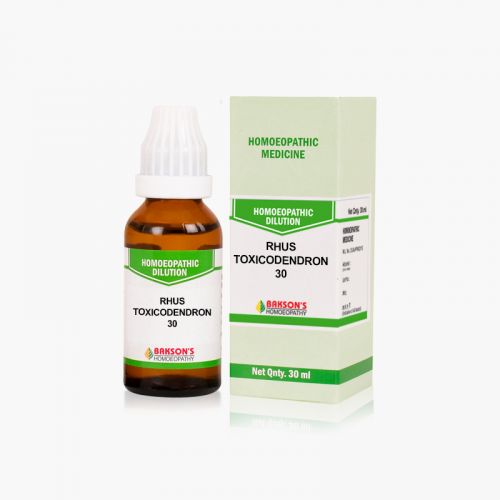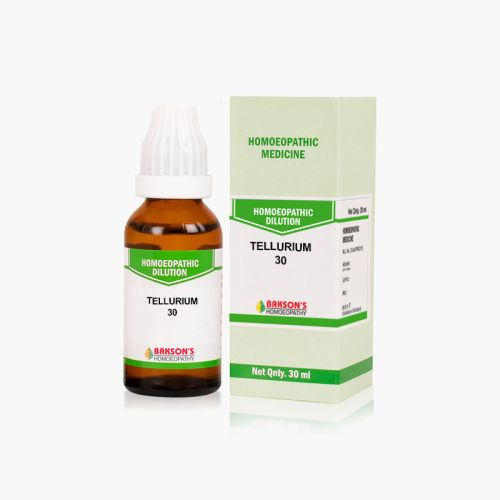We use cookies to make your experience better. To comply with the new e-Privacy directive, we need to ask for your consent to set the cookies. Learn more.
What is Ringworm?
Tinea is a superficial fungal skin infection of the body caused by dermatophytes. The dermatophyte has the ability to attach to the keratinised tissue of the skin which leads to the superficial infection. The lesion is defined by the location of the lesions that may involve the trunk, neck, arms, and legs.
Classification of the infection as per the location can be-
- Scalp (Tinea capitis)
- Face (Tinea faciei)
- Hands (Tinea manuum)
- Groin (Tinea cruris)
- Feet (Tinea pedis)
Tinea is the most prevalent superficial fungal infection. Tinea capitis and tinea corporis are the most common dermatophytic infections in prepubertal children.
Aetiology
The dermatophytes causing tinea corporis belong to genera Trichophyton, Epidermophyton, and Microsporum, Trichophyton rubrum is the most common species to cause dermatophyte infections. The common etiological species also depend on the method of transmission. Tinea corporis secondary to Trichophyton tonsurans commonly results from direct contact with a patient with tinea capitis.
The susceptibility is affected by the familial and genetic predispositions which might possibly be mediated by specific defects in innate and adaptive immunity. Other predisposing factors include diabetes mellitus, lymphomas, immunocompromised status, Cushing syndrome.
Sign and symptoms
The commonly presenting symptoms are itching with a red rash typically present on the exposed skin of the neck, trunk and extremities. The lesions advance centrifugally from a core, leaving a central clearing and mild residual scaling; this appears as a "ring" shape giving rise to the term "ringworm."
On physical examination, single or multiple lesions usually circular to ovoid in shape are present. These may be in patches or plaques.
Diagnosis
The diagnosis is based on the clinical examination. Skin scrapings examined under a microscope with a potassium hydroxide (KOH) preparation reveal septate and branching long narrow hyphae. However, the test may be false negative in certain cases for which fungal culture is a replacement which can confirm the diagnosis.
General management
Appropriate medications and maintenance of local hygiene is the goal of treatment.
Warning: Above information provided is an overview of the disease, we strongly recommend a doctor's consultation to prevent further advancement of disease and/or development of complications.
Disclaimer: The information provided herein on request, is not to be taken as a replacement for medical advice or diagnosis or treatment of any medical condition. DO NOT SELF MEDICATE. PLEASE CONSULT YOUR PHYSICIAN FOR PROPER DIAGNOSIS AND PRESCRIPTION.
- #B 64 DROPSSpecial Price ₹ 160.00 Regular Price ₹ 200.00




